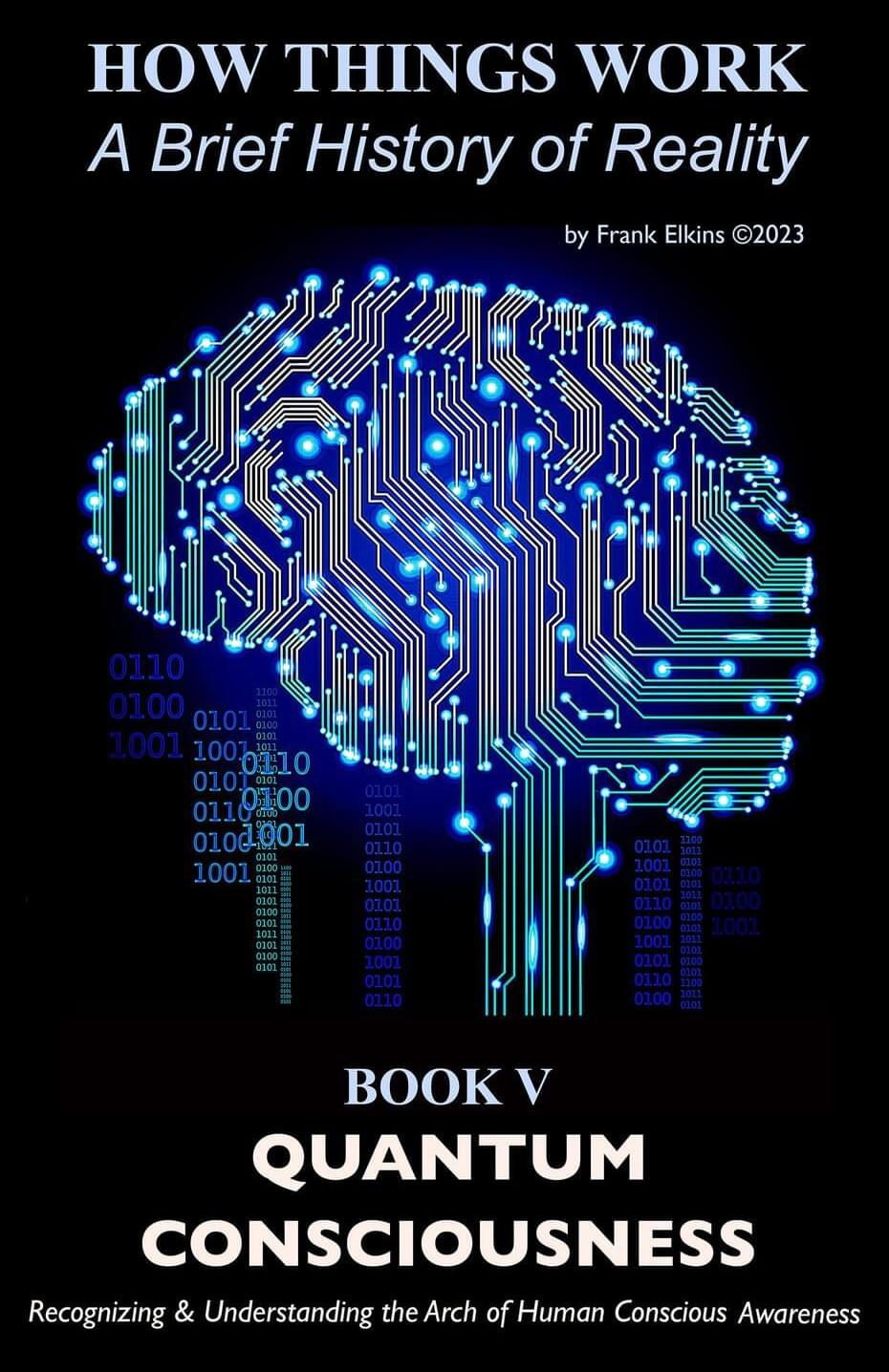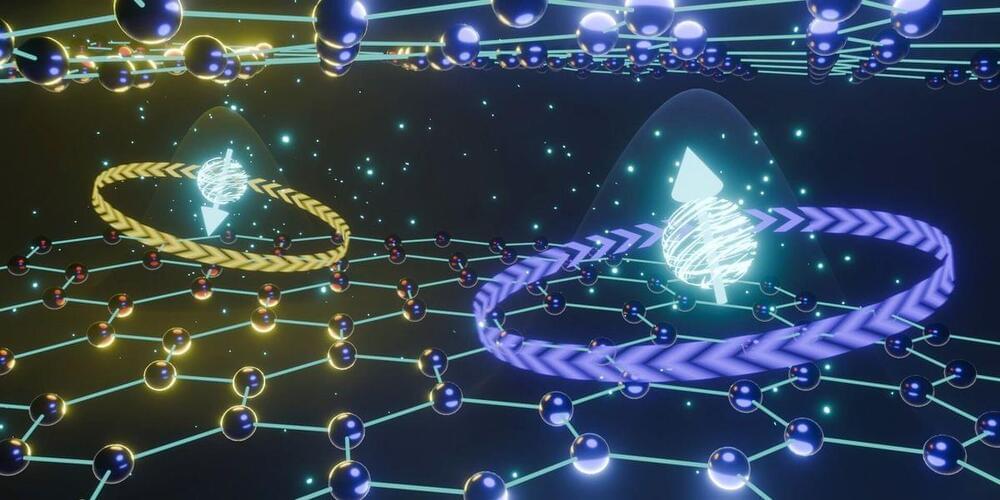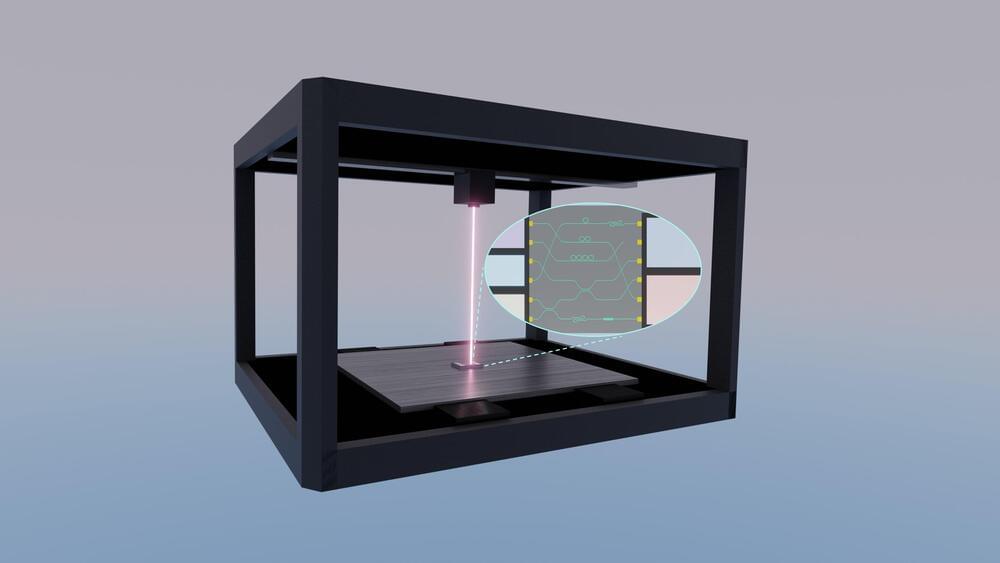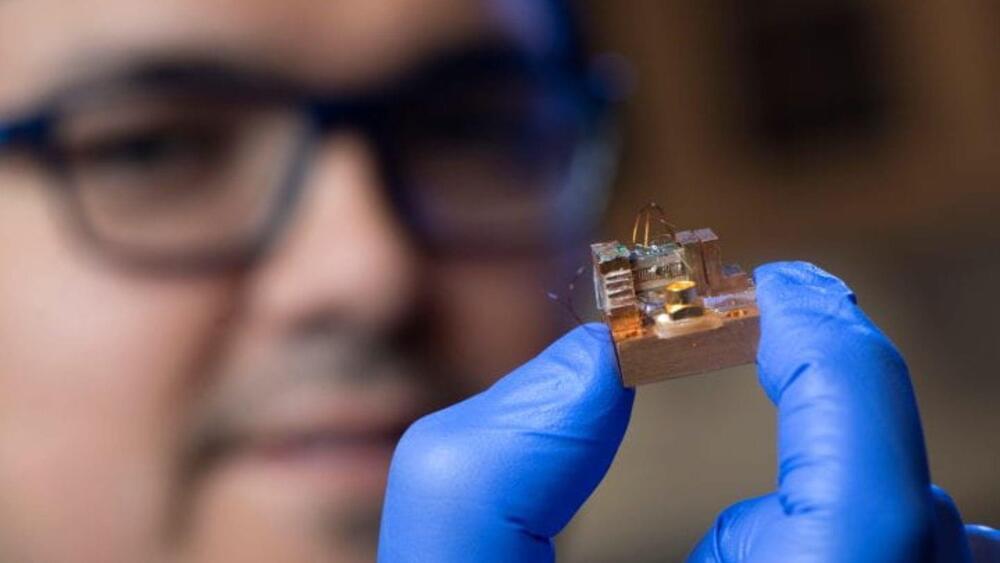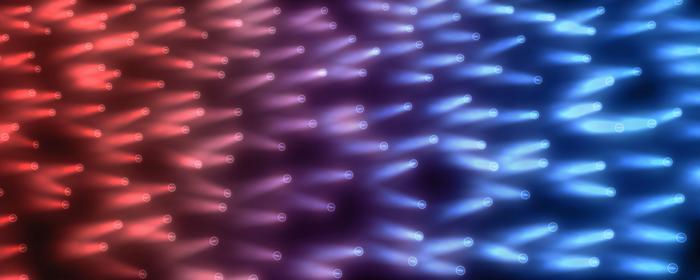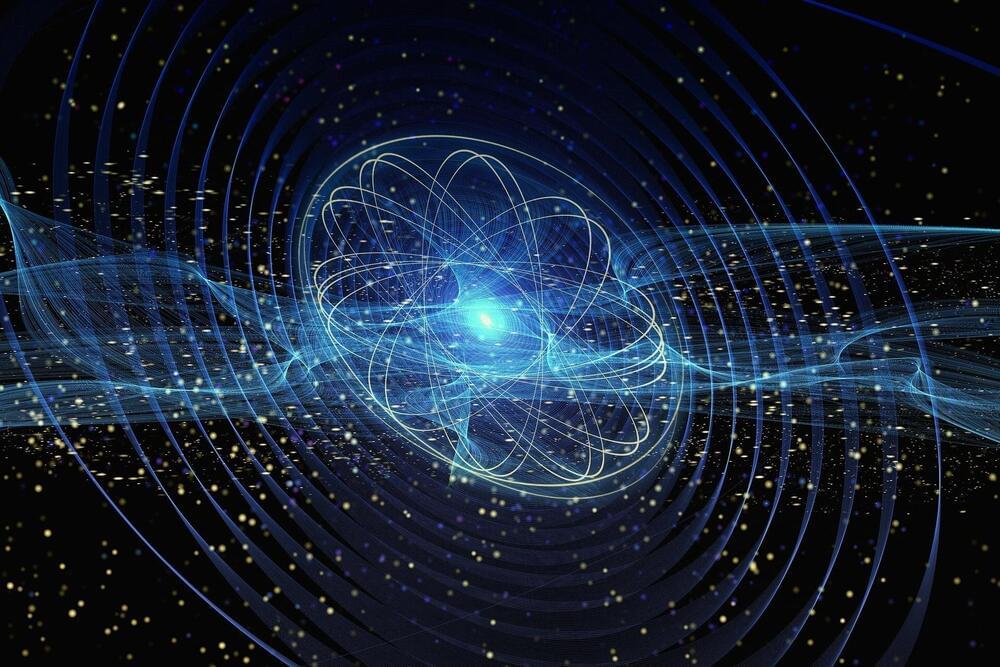Feb 4, 2024
Quantum Computing Will Transform AI by 2027
Posted by Paul Battista in categories: quantum physics, robotics/AI
Are you curious about the future of Artificial Intelligence (AI) and how it will be impacted by Quantum Computing? Join us on an exciting journey into the world of technology as we explore how Quantum Computing is set to revolutionize AI by the year 2027. In this video, we will delve into the fascinating realm of Quantum Computing and its implications for the future of AI.
Quantum Computing, a cutting-edge field in computer science, harnesses the principles of quantum mechanics to perform computations at speeds unimaginable with traditional computers. By leveraging the power of quantum bits or qubits, Quantum Computing has the potential to exponentially increase processing power, enabling AI systems to tackle complex problems with unprecedented efficiency and accuracy. Imagine a world where AI algorithms can analyze vast amounts of data in seconds, leading to groundbreaking discoveries and innovations across various industries.
Continue reading “Quantum Computing Will Transform AI by 2027” »


